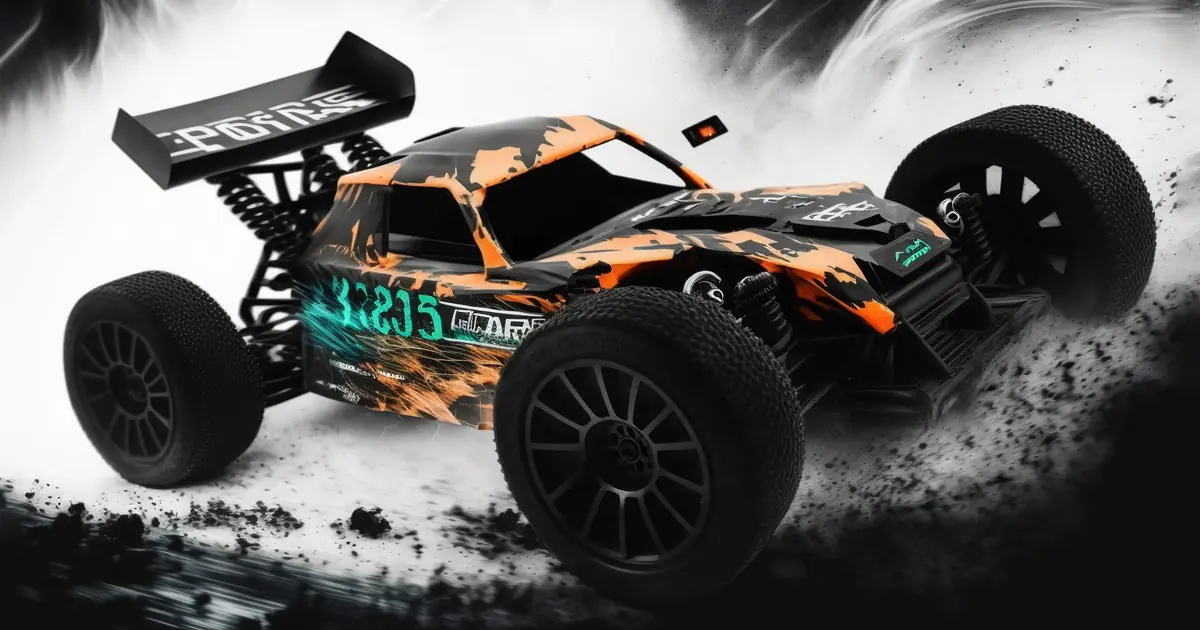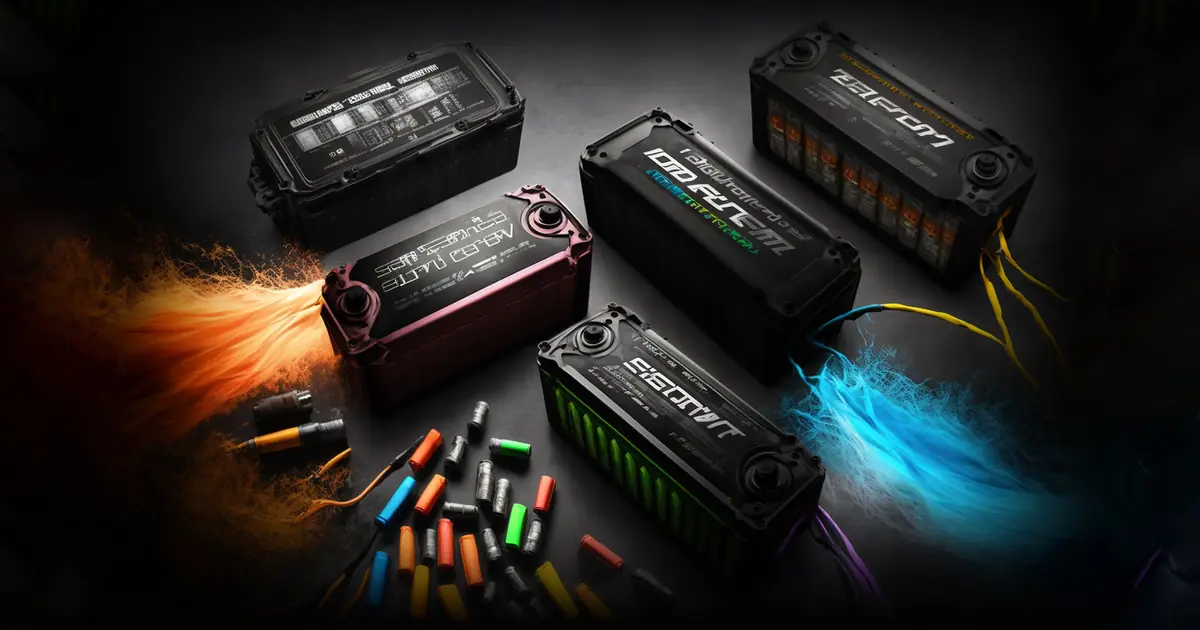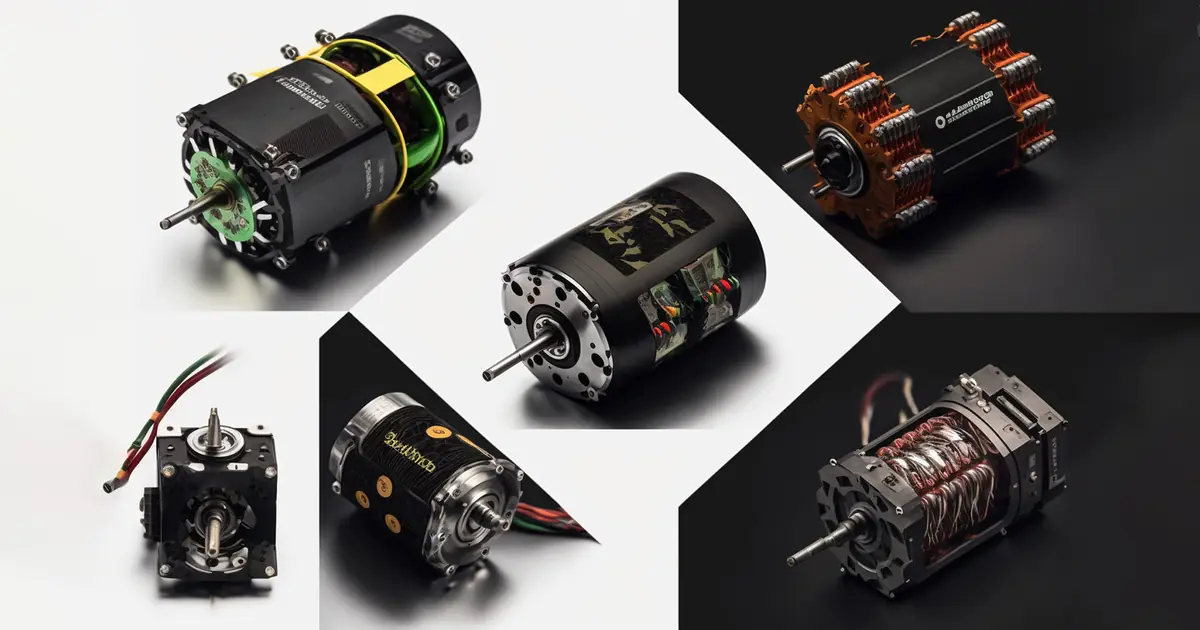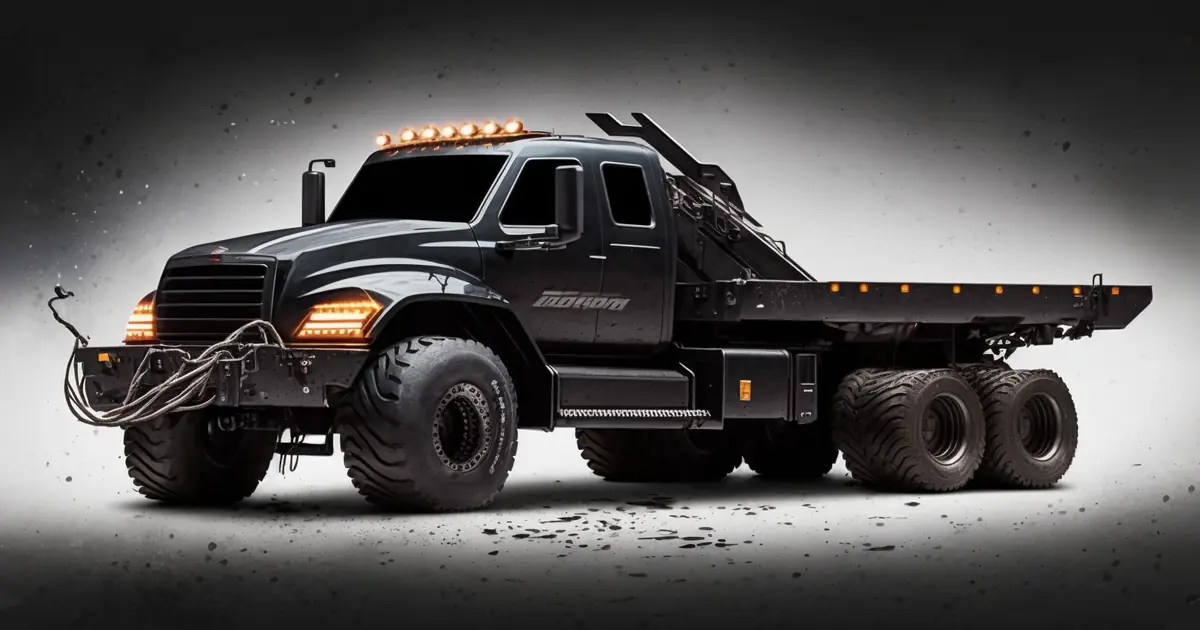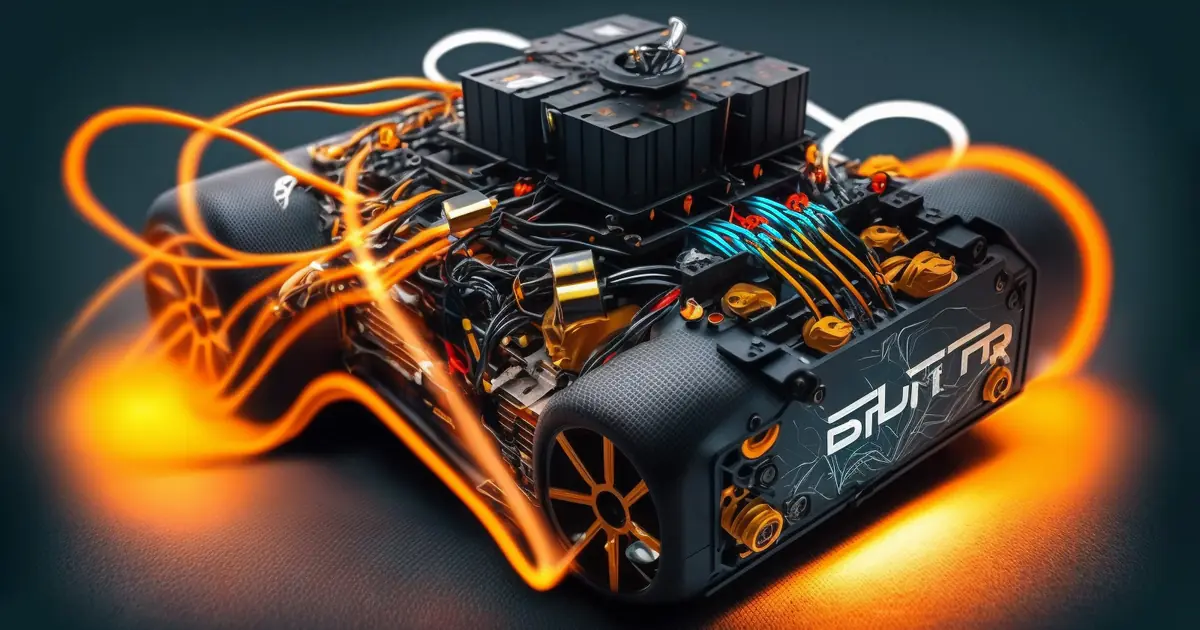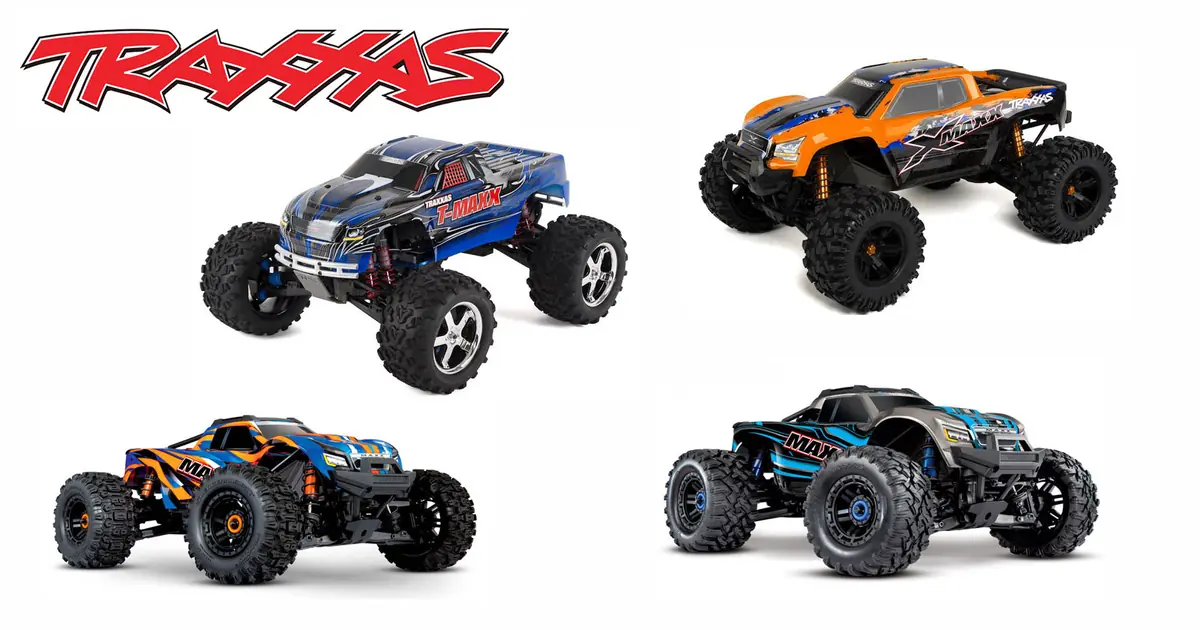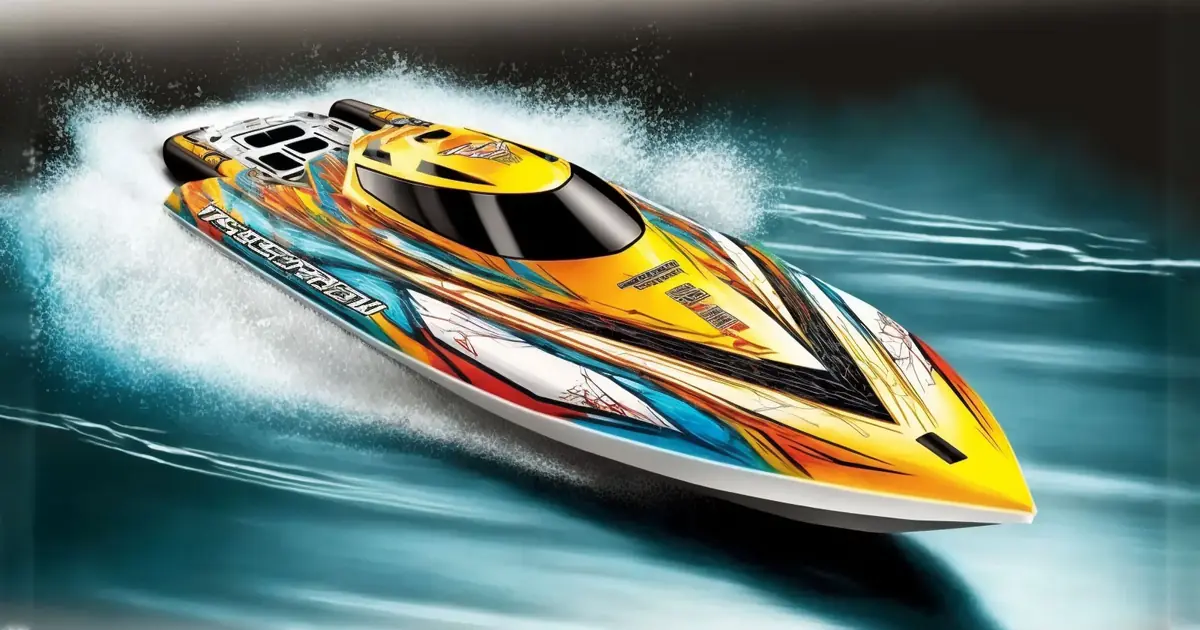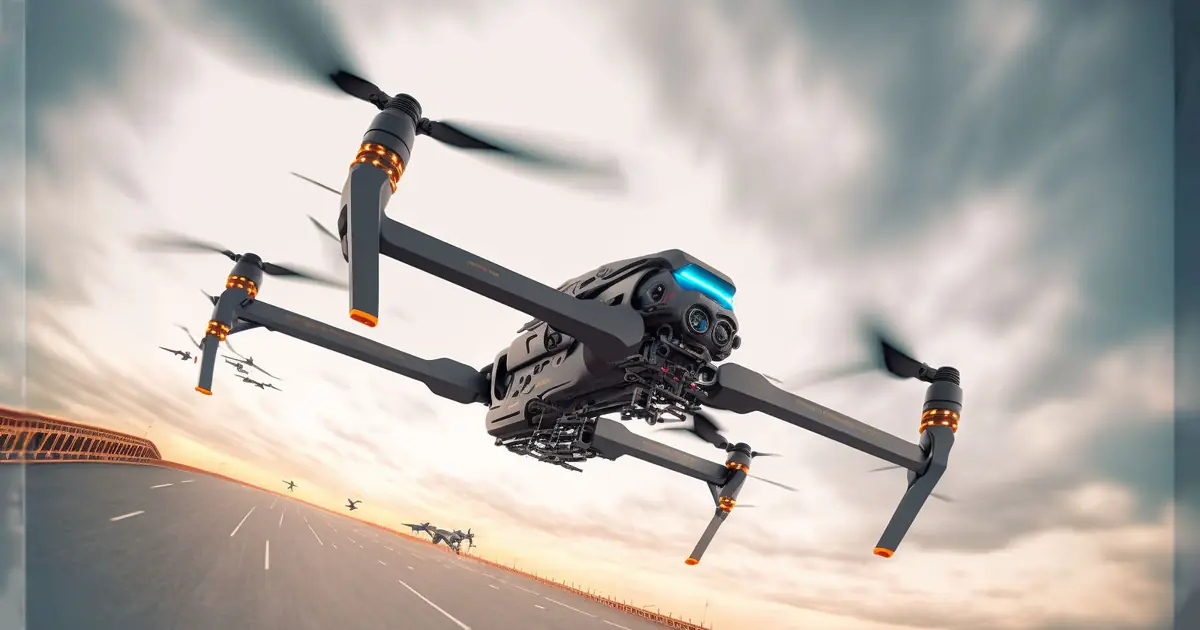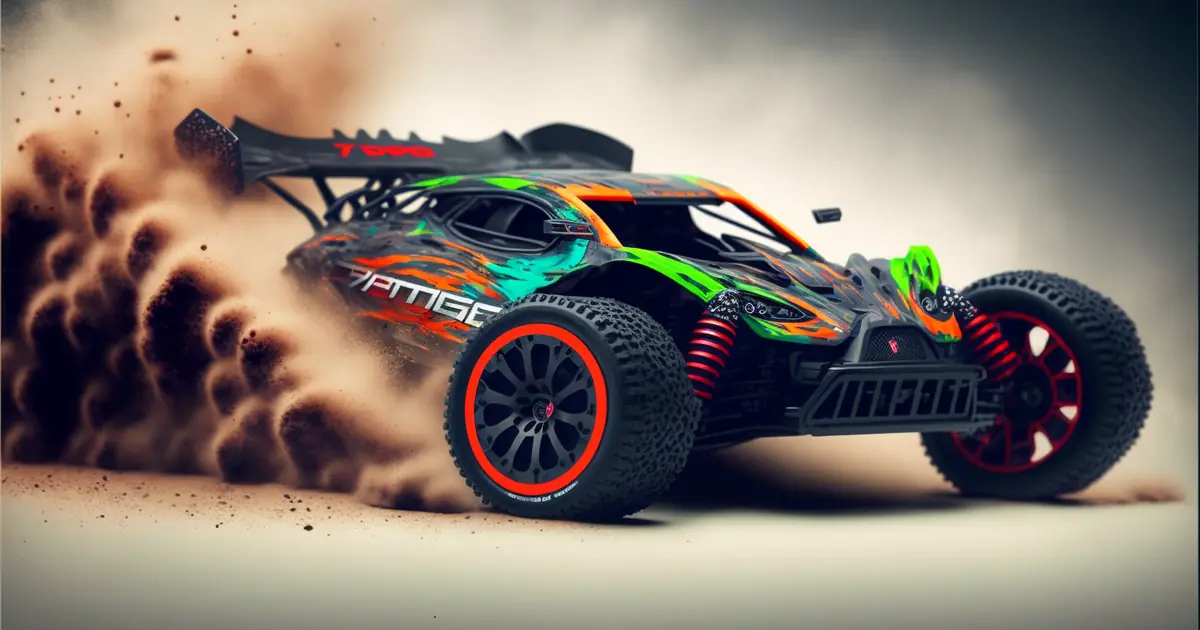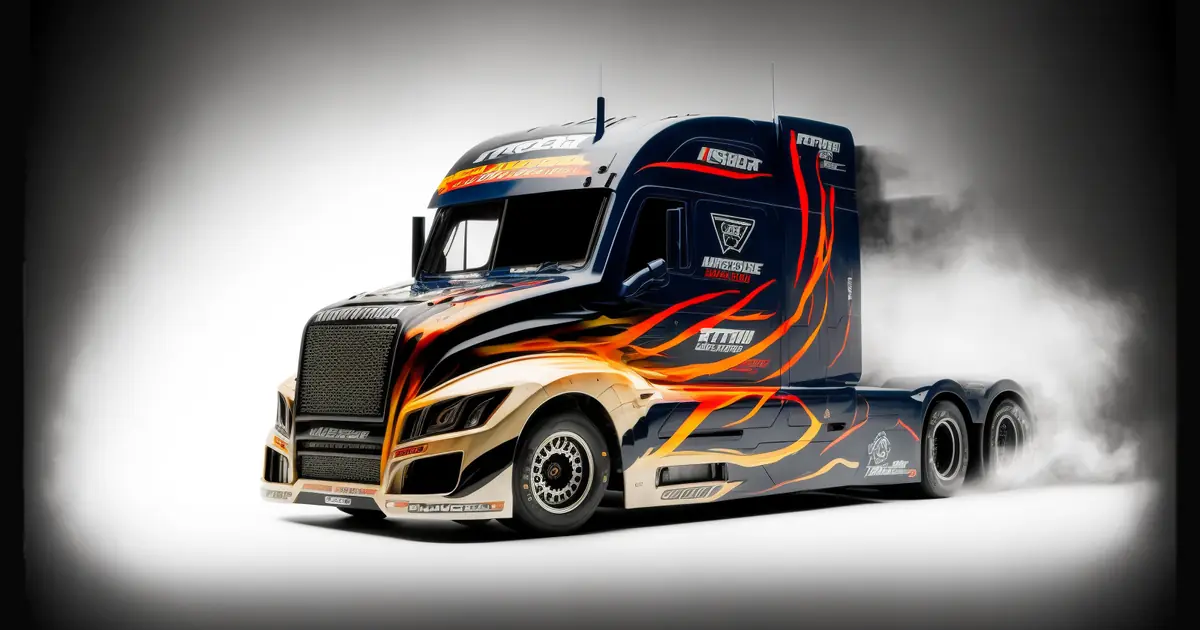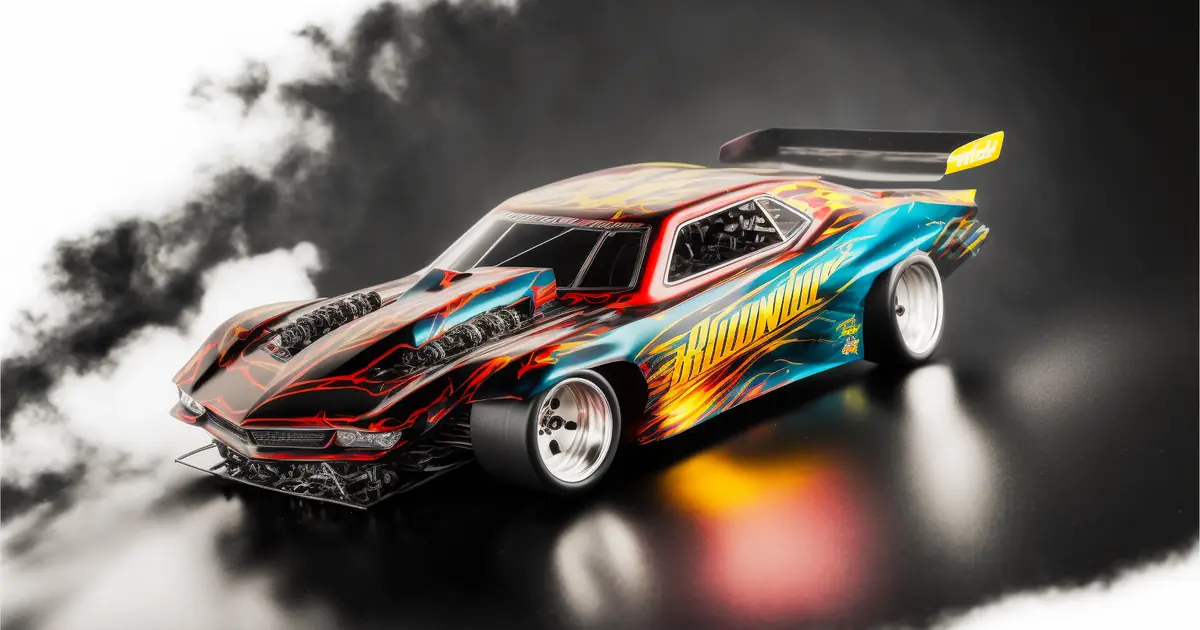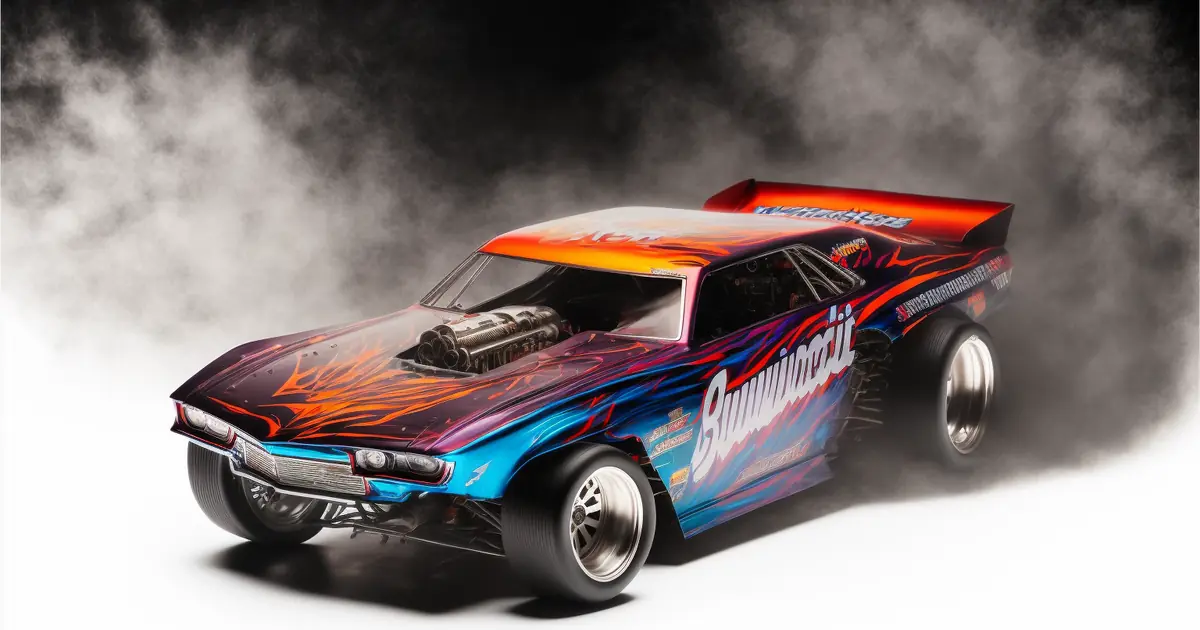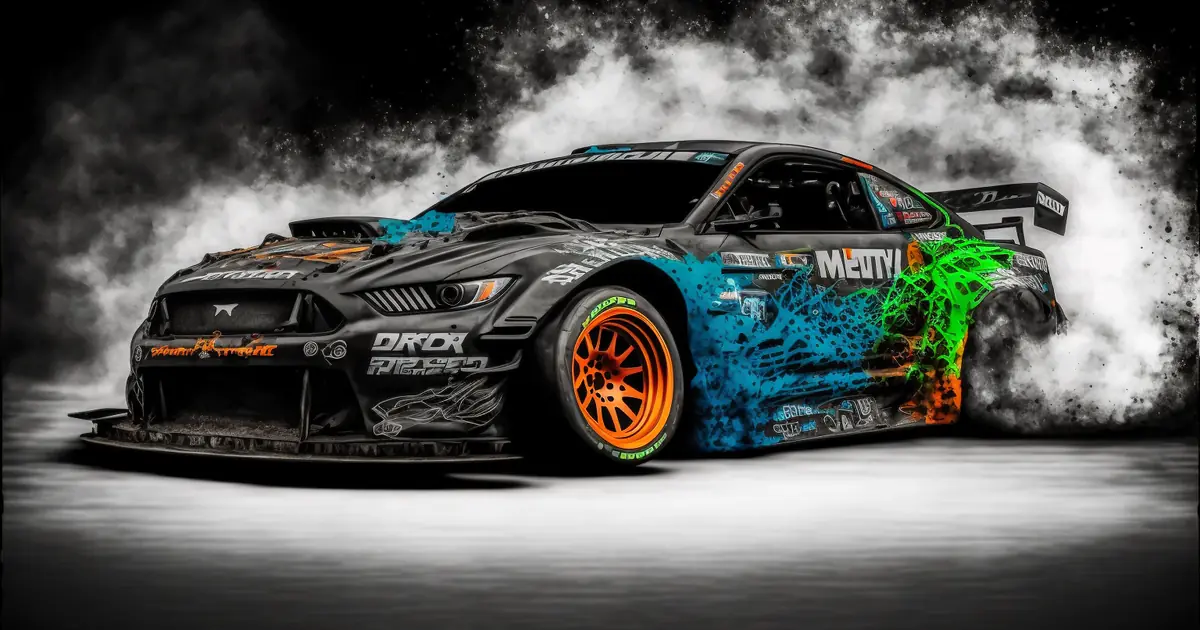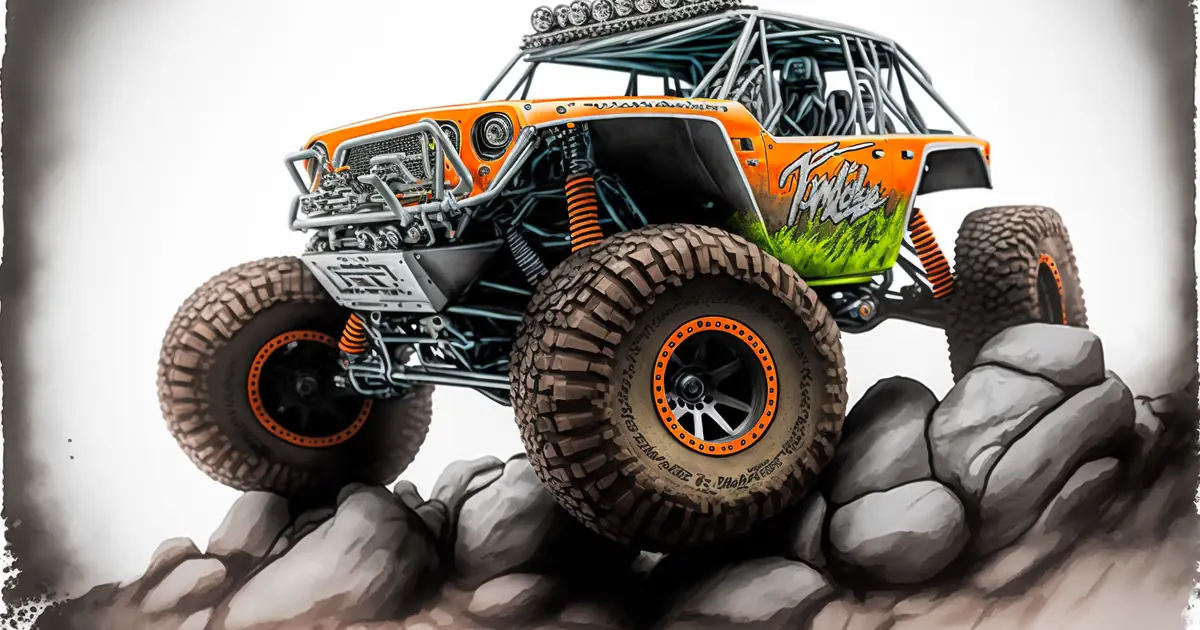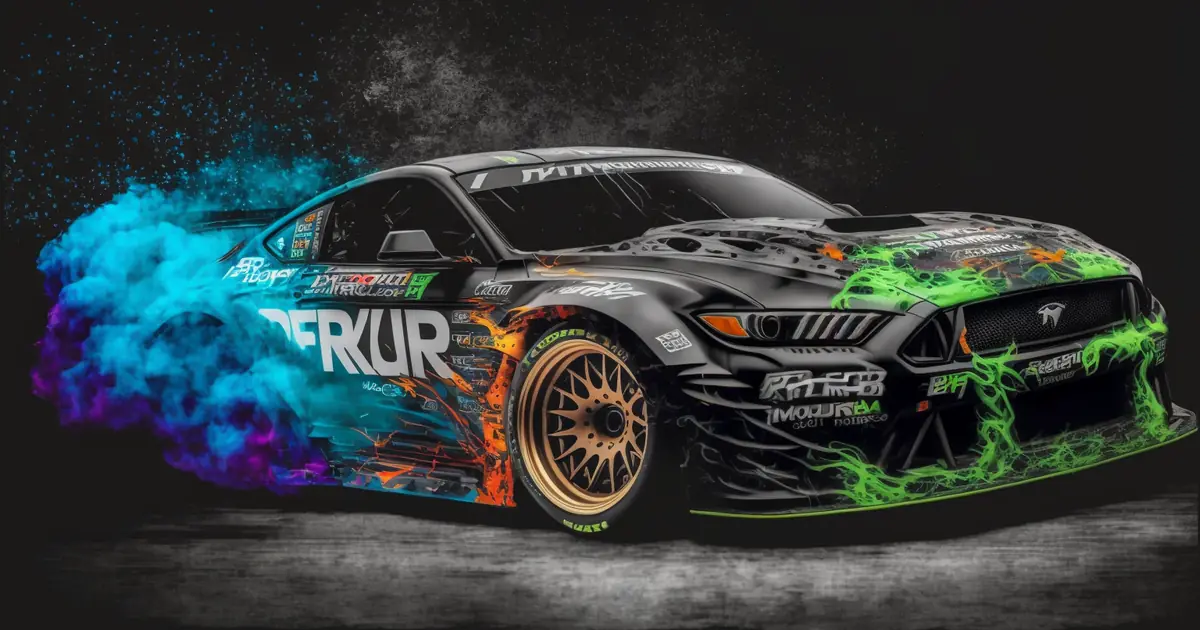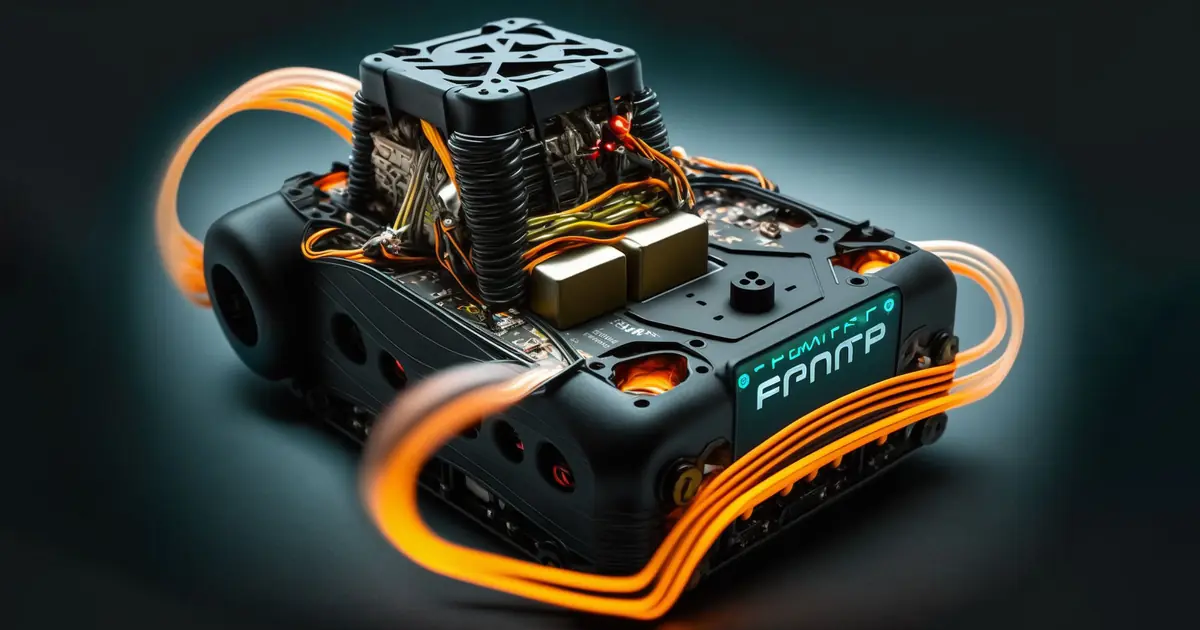 2/3/2023
| By: RC Soldier
2/3/2023
| By: RC Soldier
Electronic Speed Controller | The Science of Speed in RC Cars
Whether you’re a fan of remote control cars, boats, or airplanes, you probably have some experience with speed controllers. But have you ever stopped to think about the technology that makes it all possible? The beating heart of any remote control vehicle is its electronic speed controller (ESC) system, and it’s a very interesting piece of technology indeed.
The ESC acts as a liaison between the battery and the motor, functioning as the central hub that manages the flow of power from the battery to the motor and hence determining the pace at which the vehicle moves.
Brushless vs Brushed ESC | What’s the Difference?
Electronic speed controls for RC are available in two primary types: brushed and brushless. While both serve the purpose of regulating speed, the difference in their design and operation couldn’t be more different.
Brushed ESC
A brushed electronic speed controller (ESC) functions by utilizing a simple DC motor that contains a commutator and brushes to regulate the flow of current from the battery to the motor. The ESC controls the speed of the motor by “chopping” the voltage on and off several times a second, by increasing the amount of time the voltage is on while decreasing the amount of time that the voltage is off to increase speed, and reversing this process to slow the motor down.
The commutator rotates as the motor operates, changing the polarity of the current flowing to the motor, allowing the motor to rotate continuously.
It’s essential to understand that the ESC for a brushed motor doesn’t take into consideration the position of the motor. It merely “chops” the voltage, a straightforward process that’s a bit more mechanical than its brushless counterpart.
The basic operation of a brushed ESC is to control the speed of the motor by rapidly switching the voltage on and off, without considering the position of the motor.
Brushed ESCs and motors are sometimes used for RC crawlers, in order to maximize torque output at the bottom end without revving up the RPMs. In fact, many crawlers from Axial come with brushed ESCs and motors out of the box.
Due to its need for low throttle control, RC crawling is probably the last living niche of the RC world that even considers brushed ESCs and motors an option.
However, in my experience this alleged effect of better low RPM throttling is minimal, and I suspect manufacturers are just looking to cut costs on their RTR products. Nonetheless, the fact that brushed ESCs are a good deal cheaper, it’s not a terrible idea to build up your crawler with a brushed ESC system.
If you’re interested in going brushed for your RC crawler, we think the best brushed ESC and motor combo is the Firma 70A Brushed Smart ESC, without a doubt.
Brushless ESC
Brushless electronic speed controls operate differently compared to brushed ESCs, requiring a more computer-based process to control the motor’s speed. Unlike brushed motors, brushless motors have in-built position sensors, meaning the brushless ESC has inherent knowledge of the motor’s rotor position.
Brushless motors and ESCs have three wires, and only two are energized by the ESC at any moment. The third wire, which is not energized at that instant, generates a small voltage proportional to the motor’s rotational speed. This small voltage, generated by the coasting pole, is utilized by the ESC to determine the speed and direction of the motor at any given time.
The operation of a brushless ESC requires feedback from the motor to determine when to energize each pole, as it lacks the mechanical means used in brushed motors. The brushless ESC uses the small voltage generated by the coasting pole to determine the motor’s speed and direction, a critical aspect of its functioning.
Brushless ESCs are almost exclusively used nowadays, so we’ll focus on the inner workings of them for the purposes of this article.
If you’re into off-road 1/8 RC buggy racing, we recommend the 1/8 Mamba X Waterproof ESC/1515-2200Kv E-Buggy EditionX. It offers the best features at the lowest cost if you’re looking to get the most bang for your buck.
The Components of a Brushless ESC
To start, let’s examine the components that make up a brushless ESC. The four main parts are the microprocessor, the gate driver, the MOSFET switches, and the battery eliminator circuit.
The microprocessor serves as the “brain” of the ESC, receiving signals from the remote control and determining the speed and direction of the motor. The MOSFET switches regulate the flow of power from the battery to the motor, while the capacitors help to stabilize the power and eliminate any fluctuations in the electrical signal.
The Microprocessor | The Brain of the ESC
The microprocessor is the central processing unit of the ESC, acting as the “brain” of the system. It is responsible for receiving signals from the remote control, analyzing these signals, and determining the speed and direction of the motor. The microprocessor then sends signals to the MOSFET switches, which regulate the flow of power from the battery to the motor based on these signals.
The microprocessor is a highly sophisticated and programmable device, allowing it to be tailored to the specific needs of the ESC system. It continually monitors the speed of the motor and adjusts the flow of power to the motor accordingly, providing precise control over the speed of the vehicle. The microprocessor also helps to ensure the smooth and safe operation of the ESC system, preventing overloading and over-heating of the battery and motor.
Gate Driver | A Key Component of the ESC
A gate driver is a crucial component of an electronic speed controller system that helps to control the power flow to the motor. It is essentially an amplifier that provides the necessary voltage and current to the gate of the power electronic switches (MOSFETs) in the ESC.
the gate driver plays a vital role in the functioning of an ESC, enabling the microprocessor to control the flow of power to the motor and thereby regulate the speed of the RC vehicle.
MOSFET Switches | What They Are and How They Work
MOSFET (Metal-Oxide-Semiconductor Field-Effect Transistor) switches play a crucial role in the functioning of an electronic speed controller. Essentially, they are solid-state devices that serve as the gatekeepers of the electrical current that flows from the battery to the motor.
The ESC microprocessor decides on the speed and direction of the motor and sends signals to the MOSFET switches, which regulate the flow of power to the motor based on these signals.
The MOSFET switch operates by using a small electrical charge to control the flow of a much larger current. The MOSFET switch has three terminals: the source, the drain, and the gate. The source is the starting point of the current, while the drain is the end point. The gate serves as the control terminal and is responsible for turning the flow of current on and off. When a positive voltage is applied to the gate, it attracts the electrons in the channel, allowing a flow of current from the source to the drain.
MOSFET switches are highly efficient and durable, making them ideal for use in the ESC system. They have a low resistance, which helps to reduce the heat generated by the flow of current, and they are capable of handling high currents, making them ideal for controlling the powerful motors used in remote control vehicles.
The Battery Eliminator Circuit
A Battery Eliminator Circuit (BEC) is an electronic device that eliminates the need for a separate battery to power the receiver and control systems in a remote control vehicle.
BECs steps down the voltage from the main battery to a lower, safer voltage level suitable for the RC gear and provides a consistent voltage supply while minimizing power loss.
BECs are important components in remote control vehicles as they provide power to the control electronics while the vehicle is in use. BECs come in different forms, including linear BECs, switching BECs (SBECs), and universal BECs (UBECs).
Linear BECs (LBECs)
Linear BECs are the simplest form of BECs, which step down the power from the battery. However, they are known for being inefficient as they turn energy into heat. As a result, they are only suitable for small remote control vehicles and can’t be used with high-voltage batteries.
Switching BECs (SBECs)
SBECs are more complex and efficient than linear BECs. They use a switching, alternating current to step down the battery voltage to a safe 5 volts for the RC gear.
SBECs use a capacitor and coil to smooth the alternating current and provide consistent voltage to the RC gear. As a result, they can power high-powered models and handle large amounts of power without wasting power.
Universal BECs (UBECs)
UBECs are similar to SBECs and use a switching regulator to control the voltage to the control electronics. The terms UBEC and SBEC are often used interchangeably, with UBEC being the standard term used increasingly.
How the ESC Regulates Speed
So, how does the ESC actually control the speed of the motor? The process begins with the microprocessor receiving signals from the remote control. The microprocessor then analyzes these signals and decides on the speed and direction of the motor.
This information is then used to adjust the MOSFET switches, which control the flow of power from the battery to the motor.
The more power that is allowed to flow to the motor, the faster it will spin and the quicker your vehicle will move.
What’s Better About Expensive ESCs Opposed to Cheaper Ones?
An expensive brushless electronic speed controller can offer several advantages over a cheaper alternative. These can include:
- Better Motor Control: High-end brushless ESCs often have more advanced algorithms and microprocessors, allowing for finer control of the motor and more precise speed regulation. This can result in smoother, more efficient, and longer-lasting performance.
- Enhanced Features: Expensive brushless ESCs often come equipped with more advanced features, such as data logging, temperature monitoring, and programmable settings for advanced tuning. This can make them ideal for more demanding applications where performance and precision are essential.
- Improved Durability: High-end brushless ESCs are typically constructed from higher-quality materials, making them more durable and resistant to wear and tear. This can increase their longevity and reduce the likelihood of expensive repairs or replacements.
- Better Power Handling: More expensive brushless ESCs can handle higher amounts of power, making them ideal for high-performance builds that require high torque and power output. This can translate into faster speeds, better acceleration, and improved performance.
If you’re interested in checking out the best electronic speed controls out there for 1/10, 1/8, and 1/5 scale RC car racing, we have a great write-up with our reviews included that you could utilize to gain some more insight.
Conclusion
Brushless ESCs are an amazing piece of tech that have evolved and improved significantly over the years. If you remember the early days of performance RC car racing, than you remember needing separate batteries installed to power your peripheral components.
Other than the specific case we mentioned for RC crawlers, brushed ESCs and motors are usually not an option for most RC enthusiasts these days. Brushless motors and ESCs are simply better in almost every way: they’re faster, more efficient, and offer a more simplistic configuration with more options. Brushless is more expensive; but as with most things, you get what you pay for!
Hopefully you found this article helpful! If you'd like to know more about RC Cars, RC Boats, or Drones,
check out our blog, or utilize the search feature at the top of the window.
This post may contain products from our affiliates, and we'll be compensated if you buy after clicking a link. It's how we grow our business and offer you great content!

